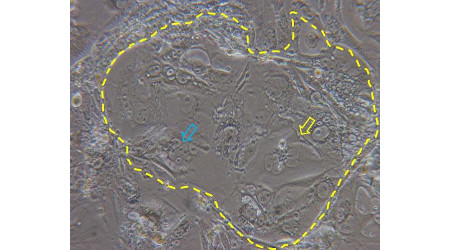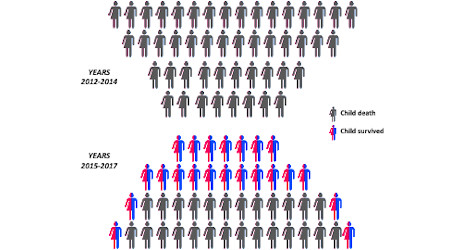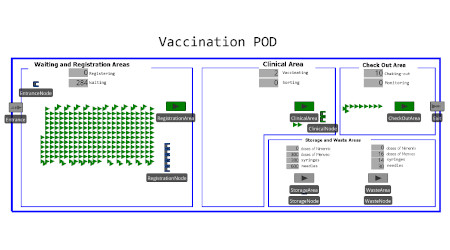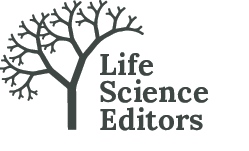Health Units of the Military Corps of Italian Red Cross (CRI) have proven to be usefully applied in both pace mission (i.e., Operation Ancient Babylon, IRAQ; 2005) and civil (i.e., EUNAVFOR MED Operation; in progress) scenarios, by using articulation unit modules. Evidence is given by the laboratory module of analysis which includes diagnostic emergency tests. The mobile laboratory is the result of a military working group made up of biomedical technicians. New planning perspectives have to be considered for the laboratory module for contrasting technical and logistic criticalities, in particular during major disasters. Test rapidity is strictly related to the critical condition of traumatized patients (i.e., crush syndrome) and/or subjects who have infections (i.e., tuberculosis). To achieve analysis results in a short time the use of point-of-care testing equipment is often required, having characteristics of compactness, autonomy, maximum portability and immediate response. In conclusion, we can establish that the effectiveness of the Mobile Laboratory of the Military Corps of CRI lies in its versatility, by adding operative response capacities in an emergency context, synergically with the main activities of first responders.






